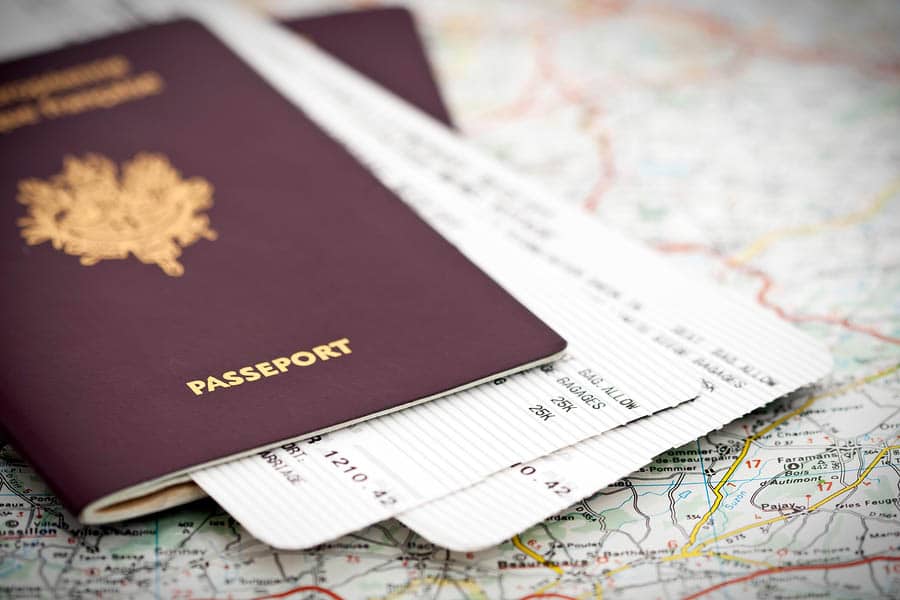India’s Planning Minister Rajiv Shukla recently announced a “historic” liberalization of the country’s visa regime by offering visa-on-arrival to tourists from 180 nations. Presently, the visa-on-arrival facility is available to citizens of 11 countries: Japan, Finland, Singapore, Indonesia, Luxembourg, New Zealand, Cambodia, Vietnam, the Philippines, Laos and Myanmar. Under the proposed scheme, it will be extended to 180 countries, excluding Afghanistan, Iran, Iraq, Nigeria, Pakistan, Somalia, Sudan and Sri Lanka.
As is usually the case in India’s convoluted Babu Raj, there is that pesky matter of the slip between the cup and lip. Nearly a decade ago, a dramatic pledge by India’s Prime Minister Manmohan Singh to extend dual citizenship to overseas Indians morphed into an Overseas Citizen of India Card instead, once the bureaucrats in nearly a half dozen ministries were tasked with translating a sweeping political promise into actual law. The babus contrived an OCI Card — citizenship only in name. For all practical purposes, it is the equivalent of the U.S. Green Card — with the added burden of having a visa stuck to the foreign passport, which has to be renewed every time a passport is replaced.
The visa-on-arrival scheme seems awesome on first blush — and indeed the Indian media, which are forever loud on hoopla, but short on facts and understanding, are drumming it up as such. But even in what is known already, the new visa regime is noticeably short of what meets the eye. Contrary to some newspaper headlines, it is not a visa-free scheme, nor did the government call it that. But it is not a visa-on-arrival facility either, which the minister did tout it as. It is not even the alternative electronic visa, for which a traveller applies online instead of trudging to an Indian consulate, which the minister also boasted about. Rather, in a particularly galling tribute to Indian bureaucratic innovation, it is a combination of both. So, a traveller must first apply for the visa online and receive a confirmation in three to five working days. The operative word here is “confirmation,” not a visa. The actual visa will only be granted upon arrival after the completion of biometrics.
Why make something designed to be convenient easy, when you can make it difficult, right?
The particular objective of liberalizing the visa regime is to attract tourists. Presently, India receives a tenth of the international tourists than the United States. In Asia, miniscule nations, such as Singapore, Malaysia, Thailand, South Korea, Japan, attract far more international tourists than India. Most of these tourist-friendly countries, such as Singapore, Malaysia, Philippines, Bahamas, South Korea, Mauritius, Fiji, Trinidad and Tobago, Israel, Brazil, etc. have dispensed with the requirements of visas entirely for most nationalities. Many others, such as Nepal, Indonesia, even Somalia, offer hassle-free visa-on-arrival schemes. And increasingly, many countries, such as the United States, Australia, Argentina, Turkey, etc. now offer electronic visas.
It requires the particular ingenuity of Indian babus to craft a vehicle that combines the requirements of two alternatives into a convoluted combination. It does not stop there. The visa is only valid for 30 days and cannot be renewed. The scheme will only roll out in September and that too in just nine of the 26 international airports — Delhi, Mumbai, Kolkata, Chennai, Cochin, Hyderabad, Goa and Trivandrum — provided “the requisite infrastructure and manpower are made available.”
And the funds, don’t forget the additional funds that will be required from the finance ministry for implementation.
Should we hold the toast to the Indian babus until September, when the scheme is scheduled to be rolled out?
